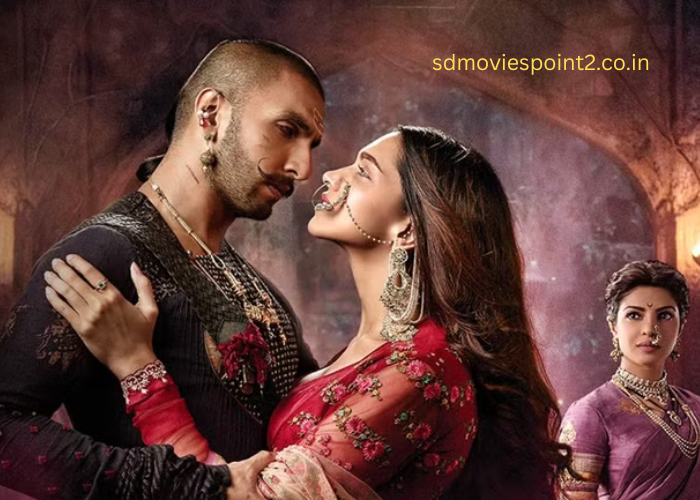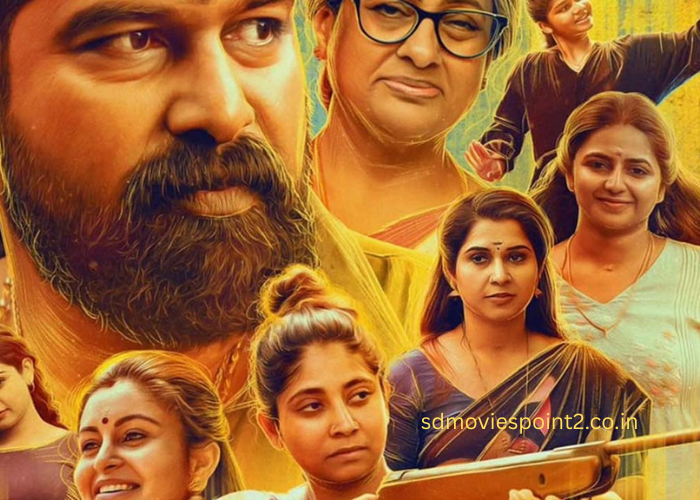Indian cinema has a long tradition of bringing history to life through grandeur, drama, and emotion. Both Tamil and Hindi film industries have produced some unforgettable historical epics that recreate the glory of ancient kingdoms, legendary rulers, and freedom struggles. These films go beyond entertainment, offering audiences a glimpse into the country’s vibrant past and the heroes who shaped it. From the royal courts of the Cholas to the battlefields of the Mughals, historical cinema in filmy4wap xyz has always held a special place in the hearts of movie lovers.
The Grandeur of Tamil Historical Cinema
Tamil cinema has often celebrated the culture and heritage of South India through epic historical films. Directors have recreated the grandeur of ancient kingdoms with detailed sets, traditional music, and elaborate storytelling. One of the most talked-about Tamil historical films in recent years is “Ponniyin Selvan”, directed by Mani Ratnam. Based on Kalki Krishnamurthy’s legendary novel, the movie brings to life the Chola dynasty, focusing on power struggles, loyalty, and love. The rich visuals and powerful performances by Vikram, Aishwarya Rai, and Karthi turned it into a cinematic masterpiece.
Another classic in Tamil cinema’s historical lineup is “Veerapandiya Kattabomman”, released in 1959. Starring Sivaji Ganesan in a career-defining role, the film depicted the story of a brave chieftain who rebelled against British rule. It remains a timeless favorite for its stirring dialogues and strong patriotic message. The movie also marked a turning point in how Tamil cinema portrayed freedom fighters on screen.
Similarly, “Parthiban Kanavu” and “Uthama Puthiran” are earlier examples of Tamil films that mixed royal intrigue with romance and adventure. These films, set in the backdrop of ancient dynasties, helped establish historical dramas as a respected genre in Kollywood. More recently, boffered creative interpretations of historical and period themes with a mix of humor and drama, showing that Tamil cinema continues to experiment while paying homage to the past.
The Magnificence of Hindi Historical Films
Bollywood has always had a fascination with royal grandeur and historical epics. From the Mughal courts to the Rajput kingdoms, Hindi cinema has captured some of the most powerful tales from Indian history. One of the earliest examples is “Mughal-e-Azam” (1960), which set new standards for filmmaking in its time. The love story of Prince Salim and Anarkali, directed by K. Asif, remains a cinematic landmark for its spectacular sets, majestic performances, and timeless music.
In recent times, Sanjay Leela Bhansali has revived the historical genre with films known for their visual extravagance and emotional intensity. “Bajirao Mastani” showcased the epic love story between Maratha warrior Bajirao and Mastani, combining poetic storytelling with breathtaking cinematography. Similarly, “Padmaavat” portrayed the valor and sacrifice of Queen Padmavati, bringing the legend of Rajput honor to life with magnificent visuals and haunting music.
Another celebrated film is “Jodhaa Akbar”, directed by Ashutosh Gowariker. Starring Hrithik Roshan and Aishwarya Rai, the film told the story of Emperor Akbar’s political alliance and romantic bond with Rajput princess Jodhaa. The film’s balance of emotion, history, and spectacle made it a critical and commercial success. Gowariker also explored India’s colonial past in “Lagaan”, which, though fictional, carried historical undertones and showcased the spirit of unity and resistance during British rule.
Blending History with Emotion
One of the reasons historical films continue to captivate mallu mv audiences is their ability to blend real events with human emotions. They are not merely records of the past but celebrations of courage, sacrifice, and love. Both Tamil and Hindi filmmakers have taken creative liberties to make history more relatable to contemporary viewers. The costumes, dialogues, and visual design transport the audience to a different era, while the characters’ struggles often mirror modern conflicts of identity, honor, and power.
In Tamil cinema, the attention to historical detail and cultural authenticity often shines through in the music and language used. In Hindi cinema, directors emphasize grandeur, emotion, and visual spectacle to connect with audiences across India. Despite stylistic differences, both industries share a passion for bringing the nation’s history alive through powerful storytelling.
The Enduring Appeal of Historical Epics
What makes these movies timeless is their universal appeal. Whether it is the story of a warrior defending his land, a queen fighting for her dignity, or a leader inspiring his people, historical films remind us of values that transcend generations. They educate as much as they entertain, giving younger audiences a deeper appreciation of India’s cultural legacy.
As technology advances, the scope for creating more visually stunning and historically accurate films continues to expand. Upcoming directors are using modern filmmaking tools to reimagine ancient tales with greater realism and emotional depth. With global audiences showing growing interest in Indian cinema, there is renewed excitement about how Tamil and Hindi filmmakers will continue to explore the epic stories that shaped our history.
Conclusion
Epic historical movies in Tamil and Hindi cinema are more than just cinematic spectacles; they are reflections of India’s identity and pride. They remind us of the power of storytelling in preserving heritage and inspiring generations. From the glorious Chola kings of Tamil Nadu to the majestic Mughal emperors of the north, these films continue to ignite imagination and admiration. As audiences look back on these masterpieces, one thing is certain the love for epic historical cinema in India will never fade.




